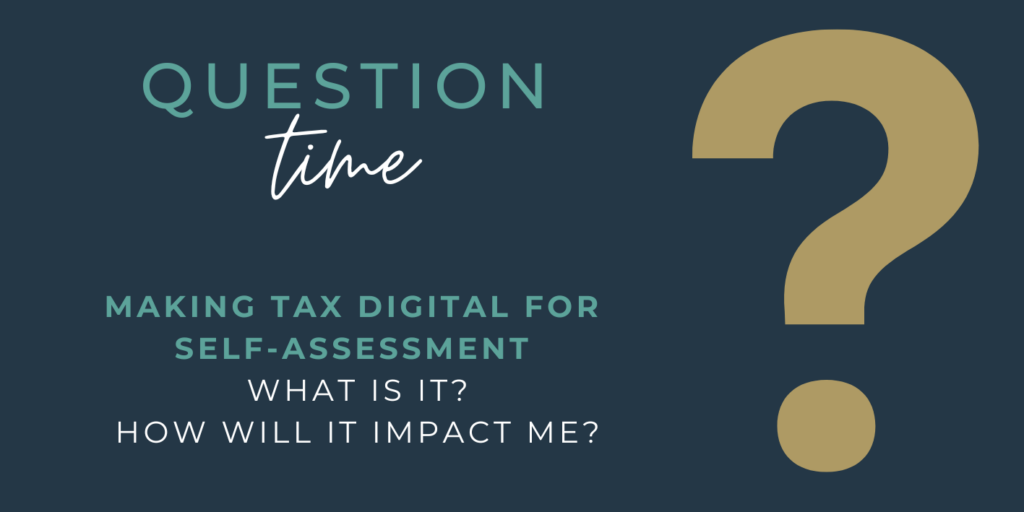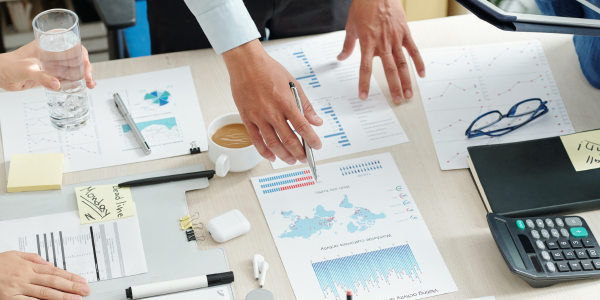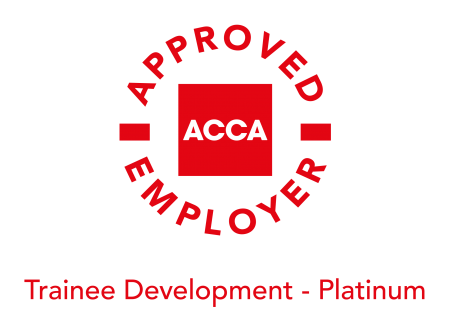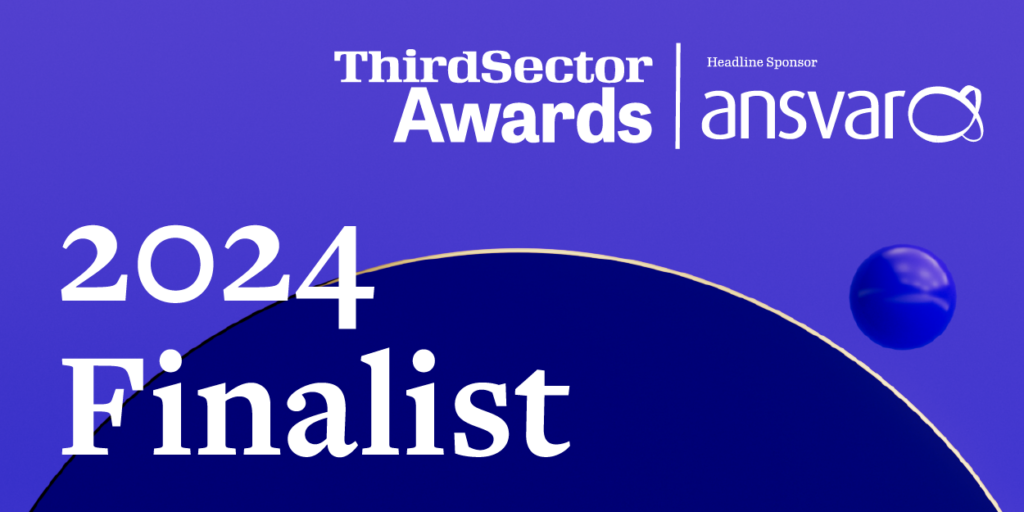A Guide To VAT on Food for Your Business
VAT on food is far from straightforward. Whatever kind of VAT registered food enterprise you run – as a retailer, producer, manufacturer, wholesales, or owner of a restaurant, hotel café, bar or takeaway – it is important to know how VAT on food works.
You can see how detailed the tax rules are by visiting Food products (VAT Notice 701/14) or Catering, takeaway food (VAT Notice 709/1). You’ll see there is a lot to digest, which is why we have written this condensed guide to the main points of the legislation. We are always happy to provide more information and advice, so if you are looking for support on VAT for food, do not hesitate to book a free initial consultation.
Is there VAT on food?
The simple answer is yes – but at 2 different rates. Either VAT is applicable at the standard 20% rate or the zero-rate of VAT.
There are three main factors in determining which foods fall under VAT. These are:
- Food classification when selling pure food (standard or zero rate)
- Temperature of the food (hot or cold) when sold for takeaway consumption
- Where the food is consumed (eat in or takeaway)
VAT covers a lot of food sold through different channels, but the rules vary for certain foods and specific situations. The government’s general guidance on VAT is a good starting place for understanding how VAT on food affects your business:
- Food and drink sold for human consumption (without the additional supply of catering is generally zero-rated.
- Standard-rated items (i.e. affected by VAT) include catering, alcoholic drinks, confectionery, crisps and savoury snacks, hot food, sports drinks, hot takeaways, ice cream, soft drinks and mineral water.
- Restaurants must always charge VAT as this is a supply of catering
- Restaurants and takeaway vendors must charge VAT on all hot takeaways and home deliveries
- There is no need to charge VAT on cold takeaway food unless it’s to be eaten at tables in the takeaway or in a designated area.
Importantly, if you are not VAT registered and will not reach the VAT turnover threshold of £90,000, these rules will not apply to you. However, in some cases, when turnover is below the VAT threshold of £90,000 it can be advantageous to voluntarily register for VAT to recover VAT on business costs.
What foods are zero rated for VAT?
A zero rating applies to all unprocessed foodstuffs for human consumption, including:
- raw meat and fish
- fruit and vegetables
- cereals, nuts and pulses
- culinary herbs
For example, most ingredients or additives that are used in home cooking and baking can be zero rated as well, so long as they have some measurable nutritional value or are used predominantly in the form in which they are supplied, and are not one of the exceptions identified by regulations.
There are plenty of other cases to consider. Twiglets and tortilla chips are zero-rated, but crisps are standard rated (see the government’s list of snacks and their VAT rating). Nuts in their shells are zero-rated, but most shelled nuts are standard rated. Smoked salmon is zero-rated, but smoked cod is not. As you can see, the VAT rates can be quite inconsistent. The government provides a lot of information through gov.uk, and businesses can embrace the challenge of reading and understanding the rules. However, our clients in the food and hospitality sector appreciate the guidance of professional accountants in making sure they have their VAT returns absolutely right.
Is there VAT on restaurant food?
Whilst the supply of most food and drink is zero-rated, anything made ‘in the course of catering’ is always at the standard rate. But what does ‘in the course of catering’ mean?
Catering is defined as the supply of food and drink involving a significant element of service. This can include:
- Food and drink prepared in restaurants, cafes, canteens and so on, with the exception of cold takeaway food
- Delivery of cooked ready-to-eat food or meals (whether or not this includes cutlery and/or cutlery) unless there is no contract for supplying sandwiches (i.e., taking these to be sold in an office without a sales contract)
- Third party food and drink supplies for events (e.g. wedding receptions, conferences, parties)
- Supply of cooking or food preparation to a customer in their home (such as a hired chef for a dinner party)
Examples which are not ‘in the course of catering’, and so are zero-rated, include:
- Cold takeaway food
- Groceries
- Food or drink that requires significant further preparation by the customer
Is there VAT on takeaway food?
Takeaway businesses are on the rise, with the average spend per head in Britain rising by 40% between Spring 2020 and Spring 2021. The growth was in part fuelled by the Covid crisis, and the rise of delivery apps, and makes understanding VAT on takeaways a priority for many growing businesses, especially if they are near the VAT threshold.
The VAT rules for takeaways are that standard VAT applies if any of the following apply:
- The food itself is standard-rated
- It is hot
- It is eaten on the premises or at a designated eating area
Zero-rating applies if it is:
- Zero-rated food
- Cold
- Supplied to be eaten away from the premises
Greggs and VAT
A clear example lies in Greggs, the bakery chain. Greggs will not charge VAT on most of the food that you buy in store and take away. This is because the food is not kept heated, meaning they cannot charge VAT.
However, if you choose to eat at the store, they will need to increase the price they charge to accommodate VAT. This also includes food that they deliver as they will keep the food in heat retention packaging on the journey.
Sushi and VAT
Sushi, consisting of cold rice, raw fish and a seaweed wrap, illustrates the point. As cold, raw food the food itself is zero-rated, as long as it is taken away. However, sushi bars may also serve hot food such as fried, battered tempura which are standard-rated.
What are the VAT rules for consumption on the premises?
You have to charge VAT at the standard rate on any food and drink which is consumed on the suppliers’ premises or at any designated eating area. That includes retail outlets, restaurants, cafes, supermarkets, or in a paid-entry location such as cinemas, theatres and sports venues.
VAT and hot food
Hot food attracts VAT at the standard rate. But, for VAT purposes, what is hot food?
The government’s definition is that it is food which has been:
- heated in order for it to be consumed hot
- kept hot after being heated
- advertised or marketed in a way that indicates it is supplied hot
- heated to order
- provided to customers in packaging that retains heat or which is designed for hot food
So, a hot pasty or a toasted sandwich is standard-rated but a cold pasty or ordinary sandwich is zero-rated when sold for takeaway. Again, Greggs is a clear example.
VAT for food producers
For food producers, the VAT rate is determined by the type of food processing involved, and whether the end product is zero-rated or standard-rated. The government’s guidance for food processing covers categories and examples of different types of food production. As with many VAT issues, further help from our VAT accounting experts can be invaluable.
For example, most ingredients or additives that are used in home cooking and baking can be zero rated as well, so long as they have some measurable nutritional value or are used predominantly in the form in which they are supplied, and are not one of the exceptions identified by regulations.
This industry is always evolving, and often new food products or redesigned food products may be capable of being considered as either being zero-rated or subject to VAT at the standard rate but subject to different interpretation.
It is important to initially consider (before going to market when possible) the potential different VAT treatment of new products where there is any doubt as to what is being provided as this can have a substantial effect on pricing / profitability.
What is food for VAT purposes?
The VAT rules ‘food for human consumption’ meaning:
- The average person, knowing what it is and how to use it, would consider it to be food or a beverage
- It is fit for human consumption
It includes products that can be eaten as a snack or as part of a meal, and also recognised food ingredients, such as flour. Medicines and medicated prescriptions, as well as dietary supplements, food additives etc. are not food, even though they are consumed by humans.
Anything which is unfit for consumption by humans, including used cooking oil, contaminated or waste food products, or anything that can be used for animal feed, may be eligible for zero rating. However, anything that is unfit for consumption by either humans or animals is standard rate (e.g. offal for processing into fertiliser).
Perrys Accountants – Experts in Hospitality Businesses
The list of food products which are standard rated and zero rated is extensive. We recommend that you check the gov.uk website at the links provided in this blog. And if you need any further information or clarification, then the team at Perrys Accountants is always happy to help.
Accounting for the Food and Hospitality sector is complicated and many-faceted, which is why most companies in the industry choose to use an accountant to manage their tax liabilities for the business. At Perrys Accountants in London and Kent, we are experts in the Food and Hospitality sector, having specialised in this area for many years.
If you have a company which supplies food and beverages, get in touch with us today and find out how we can make your business administration much easier and potentially save you money.
Frequently asked questions
How is VAT rate calculated on food?
VAT is typically applied at a standard rate of 20% to most food items, including restaurant meals and takeaway food. However, certain essential food items such as bread, milk, fruits, and vegetables are normally zero-rated for VAT with no actual VAT required to be accounted for to HMRC. When food items sold, or food supplied that attracts VAT at the standard 20% rate then this VAT must be passed over to HMRC.
Do you pay VAT on coffee?
Whether you pay VAT on coffee depends on the form in which it’s sold. If you sell coffee beans or ground coffee to brew at home or for business, and it is packaged as such it is zero-rated for VAT purposes. However, if you sell coffee ready-made from a café or restaurant, it is subject to the standard 20% rate of VAT.
Why is there no VAT on cakes?
Cakes are considered basic food items and are therefore zero-rated for VAT. This includes sponge cakes, fruit cakes, and various other products. Controversially, this also includes Jaffa Cakes, as the brand fought to ensure their product remained VAT zero-rated.
Is there VAT on milk?
Most types of milk, including cow’s milk, are zero-rated for VAT purposes. This means that while milk is still considered for VAT, it is taxed at a 0% rate, effectively making it VAT-free. This policy aims to ensure the affordability and accessibility of basic food items like milk for consumers. However, it’s worth noting that flavoured or sweetened milk products may be subject to VAT at the standard rate if they don’t meet the criteria for zero-rating.
Can you claim VAT back on food?
In general, businesses can reclaim VAT on food purchases if the food is purchased for business purposes and the business is registered for VAT. However, there are specific rules and restrictions regarding VAT reclamation on food expenses. For example, VAT cannot be reclaimed on food and drink consumed by employees or provided for free to customers unless certain conditions are met. Additionally, VAT recovery may be restricted or disallowed for certain types of entertainment expenses, which may include food and drink.







